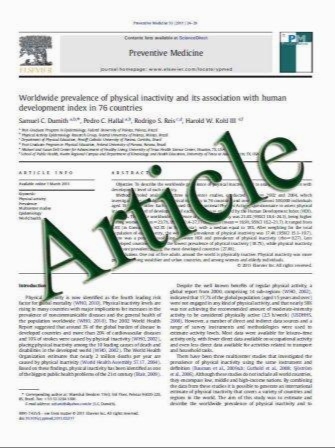Minimal change disease: a “two-hit” podocyte immune disorder?
- نوع فایل : کتاب
- زبان : انگلیسی
- مؤلف : Michiko Shimada & Carlos Araya & Chris Rivard & Takuji Ishimoto & Richard J. Johnson & Eduardo H. Garin
- چاپ و سال / کشور: 2011
Description
Minimal change disease (MCD) is the most common nephrotic syndrome in children and is commonly thought to be a T-cell disorder mediated by a circulating factor that alters podocyte function resulting in massive proteinuria. We suggest that MCD is a “two-hit” disorder. As originally hypothesized by Reiser et al. in 2004, we propose that the initial hit is the induction of CD80 (also known as B7.1) on the podocyte, and that this results in an alteration in shape with actin rearrangement that alters glomerular permeability and causes proteinuria. We propose that CD80 expression may result from either direct binding of the podocyte by cytokines from activated T cells or by activation of podocyte toll-like receptors (TLR) by viral products or allergens. We further hypothesize that under normal circumstances, CD80 expression is only transiently expressed and proteinuria is minimal due to rapid autoregulatory response by circulating T regulatory cells or by the podocyte itself, probably due to the expression of factors [cytotoxic T-lymphocyte-associated (CTLA)-4, interleukin (IL)-10, and possibly transforming growth factor (TGF)-â] that downregulate the podocyte CD80 response. In MCD, however, there is a defect in CD80 podocyte autoregulation. This results in persistent CD80 expression and persistent proteinuria. If correct, this hypothesis may lead to both new diagnostic tests and potential therapeutics for this important renal disease.
Pediatr Nephrol (2011) 26:645–649 DOI 10.1007/s00467-010-1676-x Received: 25 May 2010 / Revised: 18 August 2010 / Accepted: 14 September 2010 / Published online: 30 October 2010


